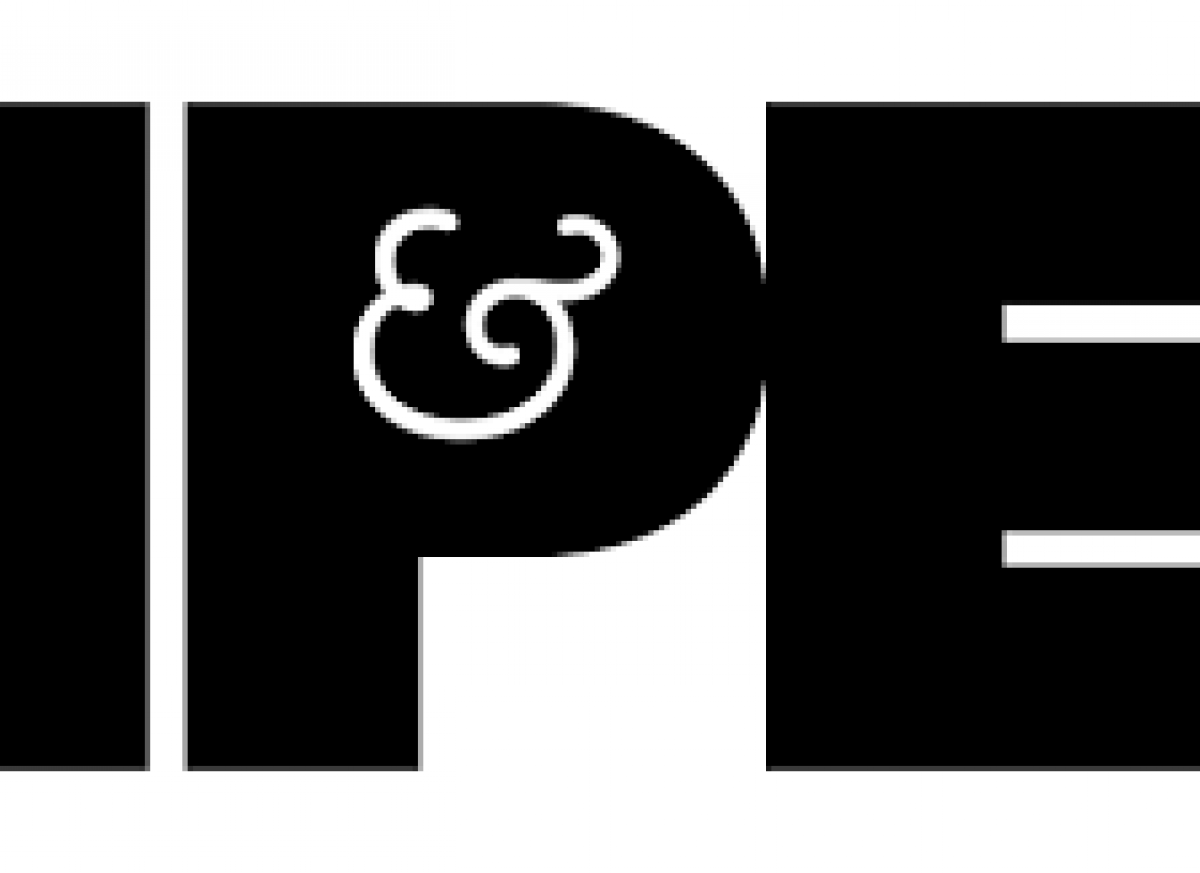Want a sustainable board? Why the G in ESG drives everything

Environmental, social and governance criteria have become shorthand for the non-traditional, extra-financial factors considered by businesses as crucial to managing opportunities and risks. But in a fast-changing world, ensuring boards retain relevant ESG expertise is far from simple. Join Ranjita Rajan for a deep-dive in this rapidly evolving space, including 5 recommendations for integrating ESG in the boardroom.
How times change. Just a few years ago, reporting on sustainability, responsibility and inclusivity was seen by many businesses and their investors as requiring sacrifices, diverting business critical time, money and people to bureaucratic, onerous, non-value-creating activities - despite initial evidence to the contrary. At that time, barely a fraction of asset management firms either sought or claimed to integrate ESG in a meaningful way.
Today, an asset manager who doesn’t communicate around their ESG capabilities is deemed a pariah. Corporate sustainability is similar, with the vast majority of S&P 500 companies now producing sustainability reports. Woe betide the asset owner or manager who does not communicate positively around long-termism in value creation and the downsides of short-termism.
Enabled by regulations that foster shareholder engagement, businesses increasingly perceive the opportunities inherent in the integration of material ESG factors. And there is now a wealth of evidence to show that improved management of natural and human capital results in lower costs and enhanced productivity, higher rates of return on low-carbon investment, and increased employee satisfaction.
Navigating a quagmire
The change in how ESG is perceived has triggered a frenzy of credential-signalling, but the ability of firms to discriminate between expertise and snake oil has yet to catch up.
This ESG world, as Andrew Parry of JO Hambro puts it, is 'making us all experts and imposters at the same time'.
Professional services firms – seemingly overnight – are trumpeting their apparently boundless ESG expertise and service lines on strategy, reporting, tax, integration and more. ESG courses and individual experts abound. The sceptical observer might regard this behaviour as cynically exploitative at a time when safeguards and standards for such services are in their infancy. The pragmatist might view it as a necessary interim phase in the transition to practices that bake-in responsible, sustainable and inclusive value creation.
Meanwhile, there is a clear need for convergence between the plethora of related standards and frameworks, each with its own initialism. From SASB and GRI to TCFD and TNFD, companies feel compelled to sign up to and report against some, several or all of them – or risk being labelled neglectful.
- Preliminary research by Oxford Net Zero found more than 30 different voluntary guidelines and standards just for achieving net zero carbon emissions – and that’s just one component of the E in ESG.
The reality is that the issues captured by the deceptively simple acronym “ESG” are numerous and diverse, covering everything from waste, climate change and modern slavery to board diversity and tax strategy. Some metrics lend themselves to quantification, while others do not. Each category contains complex and intricate sub-issues, varying by geography and industry. For a fast-moving consumer goods company with diversified global supply chains operating across multiple markets, greenhouse gases are relevant, but so too are labour and factory conditions, bribery, corruption, and more. Some of this more in-depth or technical knowledge should more usefully live within and be strengthened by a business’s executive or senior team rather than at board level.
And, to reiterate, this space is developing rapidly. What was cutting edge three years ago is now par for the course. It is, therefore, impossible for anyone to be an “expert” on every aspect of ESG.

Rock vs hard place
Boards are fundamental to the objective of the net zero sustainable development (NZSD) transition: a company’s reputation and success hinges upon focused, rigorous and high-integrity leadership and corporate governance. But when it comes to ESG marketing and communications, boards – hidden within the “G” in ESG – are currently “damned if they do, damned if they don’t”.
- A company with no defined “ESG expert” on its board might be at either end of a spectrum: they might be a poor performer, or they could be a quietly confident leader in the space, with material ESG risks and opportunities identified and integrated, and the board collectively committed to sustainable, long term value creation, with individual board members bringing a range of experience and knowledge.
- Conversely, boards with a single “certified” sustainability or ESG expert, signed up to several standards frameworks, might in be engaged in box-ticking and greenwashing – or they could be in the early stages of establishing a new approach.
With the ESG landscape and the pivot to long-termism in such rapid evolution, rather than recruiting for specific certifications or upskilling with generic ESG courses, firms should focus on being authentically and confidently grounded in the basic principles of an effective approach to ESG. To enable positive change, a balance must be struck between the important work of avoiding and calling out greenwashing, and holding space for genuine mistakes and a continual improvement growth mindset.
Integrating ESG: 5 recommendations
- Be mission-aligned on what is responsible, sustainable, and inclusive value creation for your business. This means enjoying your commercial freedoms whilst respecting your planetary and societal responsibilities.
- Recruit for cognitive, experiential and socioeconomic diversity, representative of the systems within which the company operates and its stakeholders – rather than for an “ESG expert”. This leads to far better decisions and an improved bottom line.
- Over-index on “systems thinking”, and approaching ESG as basic fiduciary hygiene.This means understanding the systems within which you operate, focused on material ESG risks and opportunities within your trajectory to net zero sustainable value creation.
- Be consistently transparent in communicating a measurable and verifiable plan to achieve your value creation trajectory, and share the reasons for divergence from the plan. You can be selective about reporting frameworks if you explain why you’ve opted for one over another.
- Invest, and reinvest in deep evidence-based collaborations (e.g. with scientists) and foster a culture of continued improvement and learning.
Such an approach must be supported and enabled by fiduciary basics in governance, accounting and standards. These include corporate governance codes, which remain subject to considerations of political economy. At the cutting edge in this area is South Africa’s King IV Code, in which corporate governance integrates sustainability, and emphasises principles rather than rules, including those of ethical leadership, attitude, mindset and behaviour.
Global progress
Also much needed is the consolidation and integration of ESG into international accounting and reporting standards to enable boards to focus on material ESG and sustainability. This is not without its perils and there is a long way to go.
Deep-dive into the detail and it is clear that international accounting standards do not yet fully factor in carbon credits, with financial institutions continuing to treat them as inventories rather than assets, and thus tangible financial instruments.
Examining board diversity, and specifically gender diversity, within “G”, it is evident that not all regulation is created equal.
- It should come as no surprise that the majority of countries leading the way on gender diversity are in Europe, where hard laws and quotas exist, and are being further strengthened, with a requirement of 40% women on boards by 2026.
- By contrast, many other countries, such as Japan, South Korea, the US, and India, are laggards in policy and therefore in practice.
- Purvi Sheth, CEO of Shipultsi Consultants, a leading strategic HR and talent management firm in India, notes that it wasn’t until 2014 that the Securities and Exchange Board of India (Sebi) required listed firms to have at least one woman on the board of directors.
While supply chains may transcend global borders, factors relevant to ESG – such as labour rights, employment policy, waste management and corporate governance codes – are nationally determined. At the macro level, the efforts led by the International Sustainability Standards Board (ISSB) to deliver a “global baseline of sustainability-related disclosure standards” to provide information on companies’ sustainability-related risks and opportunities are fraught with complexity. Such a movement will need to allow not only for variation within the Global North, but also for the realpolitik – the diverse regulatory, political economy and corporate governance contexts – of the Global South.
Upskill your Board
Boards need to be honest about the limits of their knowledge and embrace transparency, collaboration and continuous learning. It is worth regularly upskilling the entire board on the risks and opportunities of ESG, particularly in relation to what is known as “double materiality” – what is material to the business, and what is material to the business’s impact on the planet and society.
However, it would be nigh-on impossible to design an ESG course that is at once sufficiently broad in coverage and sufficiently deep in the areas that are of material relevance to a given business. Just consider the example of climate change, which by itself is a wide-ranging and hugely complicated topic. It is unrealistic to expect one generic course to cover all of its aspects, just as it would be unreasonable to assume that board members with ESG responsibilities should all be climate experts.
Meanwhile, larger boards for firms with complex supply chains working in geographically diverse jurisdictions would benefit from a bespoke programme to ensure they’re up to date with the latest evidence from independent researchers, for example at Oxford’s Smith School of Enterprise and the Environment.
Formal certifications residing in one or two people may (or may not) be helpful. However, they are not a substitute for whole-board alignment on the trajectory to responsible, sustainable value creation, and whole-board commitment to transparency in communication, qualitative and quantitative measurement of progress, and authenticity in accepting that this is a continual learning process.
In this context, short courses tailored to the business along with executive education may be helpful to acquire, evolve, and communicate an appreciation of ESG considerations, as material to the business’s value and growth creation.
The guiding principle is to ensure a general understanding of the many aspects of ESG, whilst ensuring that recognition of the material risks and opportunities for the business are reflected across the entire board.
Looking ahead
Business finds itself in a transition phase: ESG elements are becoming mainstream, but are still rapidly evolving. While guidelines and standards are being streamlined, they remain complex.
There is also an ongoing discourse on whether ESG belongs in a separate committee – and if so board or executive committee – or whether it should be part of audit committees, or a topic for the entire board, and further whether the terms “sustainability” and “ESG” are interchangeable.
Johannes von Schmettow of Egon Zehnder offers an analogy from the early 20th century, when, in response to changing paradigms, companies established the role of Chief Electricity Officers. These roles vanished down the line.
And so, some confusion is perhaps inevitable.
And yet, at the board level, ESG problem-solving must go beyond the generic and the virtue-signalling. It needs to be coupled with strong connectivity to the executive level where material, granular considerations can be examined and integrated.
The E, S and G pillars are so very different: we cannot expect any individual to be expert in all of them. And that’s where the importance of robust and credible executive education and continuous learning comes in.
Integrating ESG at board level might begin with the “signalling” hire of a single board member. However, meaningful integration is about identifying material, specific ESG risks and opportunities, then prioritising these in the board’s agenda, committees, in the CEO’s strategic mandate and C-suite performance. All the while, this strategy should remain informed by deep technical expertise within the organisation and sense-checked through independent expertise from the frontiers of research.
Ultimately, this boils down to far more than skills of those around the table. It is about both “will” and skill.
Explore Smith School research on ESG
Better company ESG performance improves economic growth
New research from the Smith School of Enterprise and the Environment, University of Oxford, finds that private sector companies' environmental, social, and governance (ESG) practices positively affect macroeconomic performance including GDP.
Oxford group launches sectoral ESG data quality initiative
The Oxford Sustainable Finance Group (OxSFG) recently launched an independent assessment of data quality within sustainable finance, dubbed the Sectoral Data Quality and Integrity Project. OxSFG believe that providing clear sector-specific guidance on data quality and characteristics will help improve and align the datasets that underpin different reporting and analytical frameworks.
Explore executive education at the Smith School
Applications open for Oxford Sustainable Finance Group Executive Education Programmes
The Oxford Sustainable Finance Group (OxSFG) is now considering applications for three open-enrolment executive education programmes: the Sustainable Finance Executive Programme, Climate-related Financial Risk Programme, and the Asset Owner Sustainability Leadership Programme.
Community Insights series
Ranjita Rajan is Executive Chair of the Oxford Global Partnership and Business Fellow at the Smith School of Enterprise and the Environment, University of Oxford. An economist, consultant, founder and trustee, Ranjita advises investors, boards and companies on value creation leadership, strategy, integrating ESG and DEI issues, for an economically inclusive, sustainable net zero world. As Business Fellow, she teaches the postgraduate course on ESG, DEI, value creation and their intersectionality.
The Smith School's Community Insights series features up-to-the-minute and incisive commentary from leading voices outside of academia, including from our Board, business fellows and partners.



